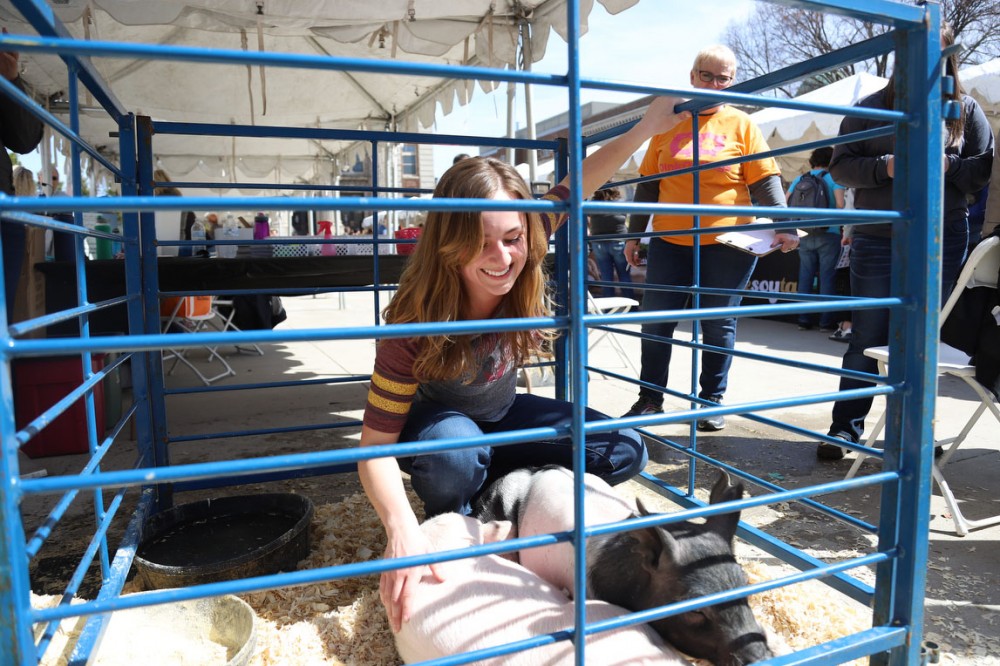An outbreak of African swine fever in China is worrying officials about its potential to spread to the United States, which could deliver a devastating blow to the agriculture industry.
University of Minnesota researchers are working to assess potential risk, create best practices for prevention and bring industry leaders into the discussion to prevent the virus’s spread.
While not a new virus, experts say the recent outbreak changes the game. China has half the world’s pigs and is deeply intertwined in international agricultural trade. The outbreak has killed 31 percent of China’s pig population, roughly equivalent to all the pigs in the United States, Canada, Mexico and Brazil combined. China is now projected to order 2 million tons of pork from the U.S. this year despite tariffs, according to Reuters reporting.
There is currently no available vaccine or treatment. The virus can spread alarmingly fast and is fatal in all cases.
“It’s huge,” said Gerald Shurson, professor of swine nutrition in the Department of Animal Science. “It’s really scary.”
African swine fever only affects pigs and poses no threat to human health. A monthly University report estimates that, if the virus surfaced in the United States, it could cause over $10 billion in damage in the first year. An outbreak in Russia that started in 2017 caused 50 percent of the country’s small farms to go out of business.
“If it were to come, it would cause huge mortality and reduce production dramatically in whatever country it would get into,” Shurson said.
Shurson is organizing a workshop at the University to assess the risk of the virus spreading to North America, inviting national industry leaders to find solutions.
Scott Dee is research director at Pipestone Veterinary Services in southwest Minnesota and a former swine researcher at the University. He said the risk of the virus expanding to the U.S. is very high. His research exposed the risk of spreading through feed products.
“The Chinese have found African swine fever virus in the feed that they produce,” Dee said. “We really have got to be on our toes.”
Dee said the first step to prevention is changing how feed is managed from countries where the virus is present. He said some products we import, like vitamins, are only produced in China. “It’s really opened up a whole discussion on how we manage the feed risk,” Dee said.
Taylor Homann, swine vice president of the University’s Production Animal Medicine Club, said the potential spread to Minnesota could be devastating for rural communities like hers.
“It would be a really huge impact,” Homann said. “Pork powers a lot of the economies across southern Minnesota.”
The virus also survives in uncooked or undercooked pork, which is sometimes smuggled into the country. Last month, U.S. Customs and Border Protection seized about a million pounds of smuggled pork from China, the largest agriculture seizure in the nation’s history, according to the report. They have upped the number of beagle brigades to detect meat products smuggled into the country.
“In my opinion, it’s not enough,” Shurson said. “But it’s a whole lot better than where we were six months ago.”








